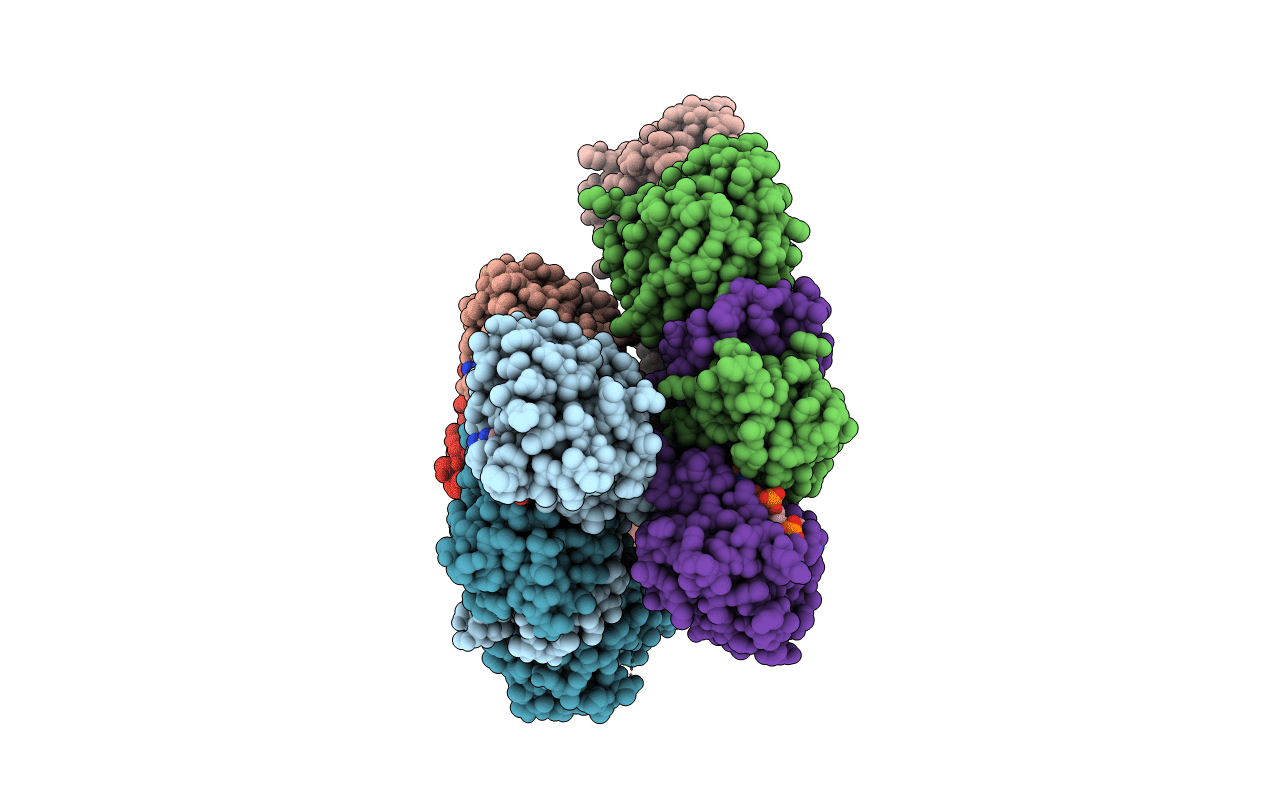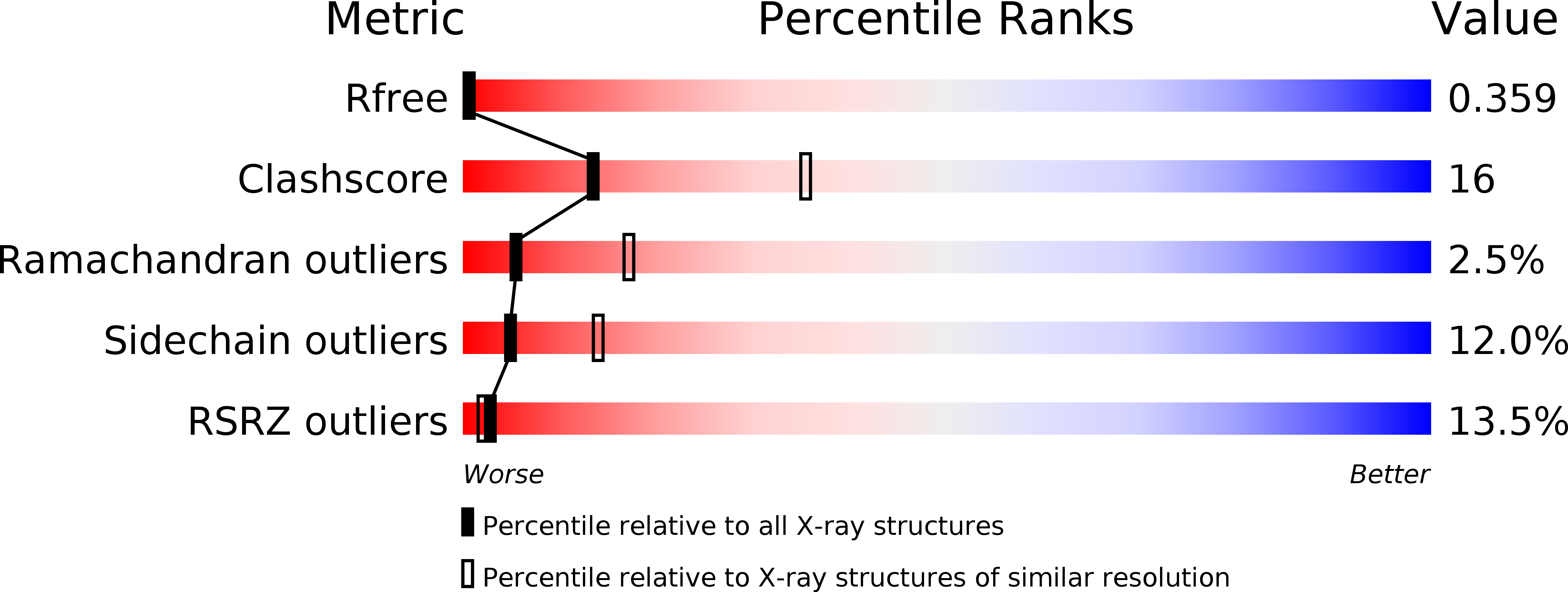
Deposition Date
2019-08-19
Release Date
2020-06-24
Last Version Date
2024-01-24
Entry Detail
PDB ID:
6SLE
Keywords:
Title:
Structure of Reductive Aminase from Neosartorya fumigata in complex with NADP+
Biological Source:
Source Organism:
Host Organism:
Method Details:
Experimental Method:
Resolution:
2.77 Å
R-Value Free:
0.35
R-Value Work:
0.28
R-Value Observed:
0.28
Space Group:
P 1


